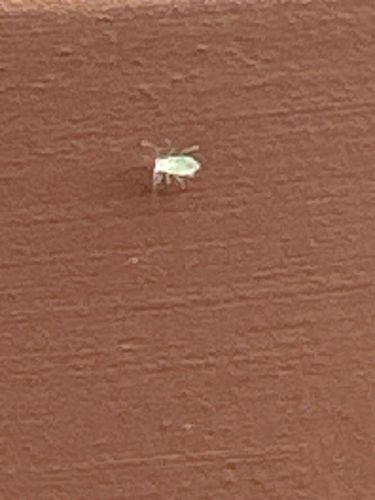Whitefly
Scientific Name: Aleyrodidae
Order & Family: Hemiptera (Order), Aleyrodidae (Family)
Size: 1-3 mm (small, moth-like insects)

Natural Habitat
Found on the undersides of leaves, especially in warm climates and greenhouses. They infest a wide variety of ornamental and vegetable plants.
Diet & Feeding
They feed on plant sap by piercing the phloem with their stylets, primarily on the undersides of leaves. This feeding can lead to stunted growth, yellowing leaves, and reduced plant vigor.
Behavior Patterns
Whiteflies are known to fly in short, erratic bursts when disturbed. They reproduce rapidly, with multiple overlapping generations per year. Both adults and nymphs feed on plants. They excrete sticky honeydew, which can lead to sooty mold growth.
Risks & Benefits
Potential risks include significant damage to agricultural crops and ornamental plants, transmission of plant viruses, and nuisance in indoor environments. There are no notable benefits to humans or the ecosystem, generally considered pests.
Identified on: 9/19/2025